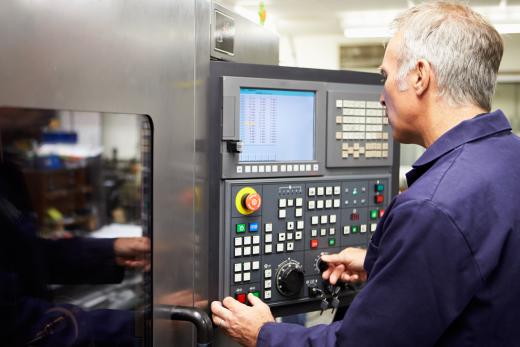Knowing the types of projects that a lathe will be used to complete will make it easier to choose from the wide range of table lathes. Consider the accessories that come with the lathe or can be used with it, because these will increase the range of projects that it can be used to complete. The best lathe will deliver high accuracy and precision, will be constructed of durable parts and materials and will have an easily adjustable motor.
A table lathe with a motor that can be adjusted easily will make it easier to spin objects of multiple diameters. It also is important to know whether the lathe allows for precision control of all axes. Remember that the machine will require maintenance, so consider how easy it will be to find replacement and upgrade parts.

Table lathes range in style and configuration. They can be similar to the mechanical lathes that have been used since the 1800s, or they can be sophisticated computerized machines. There also can be a large variation in size from one table lathe to the next.
Consider whether a simple table lathe will suit your desired purpose. A lathe-mill combination would allow for horizontal and vertical spinning. A lathe-mill-drill or other combination also increases the number of tasks that can be completed using one machine.
A table lathe can be purchased with or without its own stand. It also can be operated on an existing workbench, which must be level and secure for the best performance. The lathe must have sufficient mass to remain stable during use, but it is not necessarily true that the heaviest table lathe is the best one.
New and used lathes can be purchased through the Internet, retail stores or classified advertisements. It is important to inspect a pre-owned lathe for signs of wear, damage or instability. If possible, run some test cuts or turns on the machine before purchasing it.
An experienced machinist who has used multiple designs and brands could give you good advice before you buy a table lathe. Hobbyists also share a great deal of information on the Internet about their experiences installing, using, and converting table lathes. One of the benefits of purchasing a table lathe is that it can be altered in many ways to increase its capabilities. A table lathe can be converted to computer numerical control (CNC) operation to obtain the benefits of a computer-controlled lathe.
